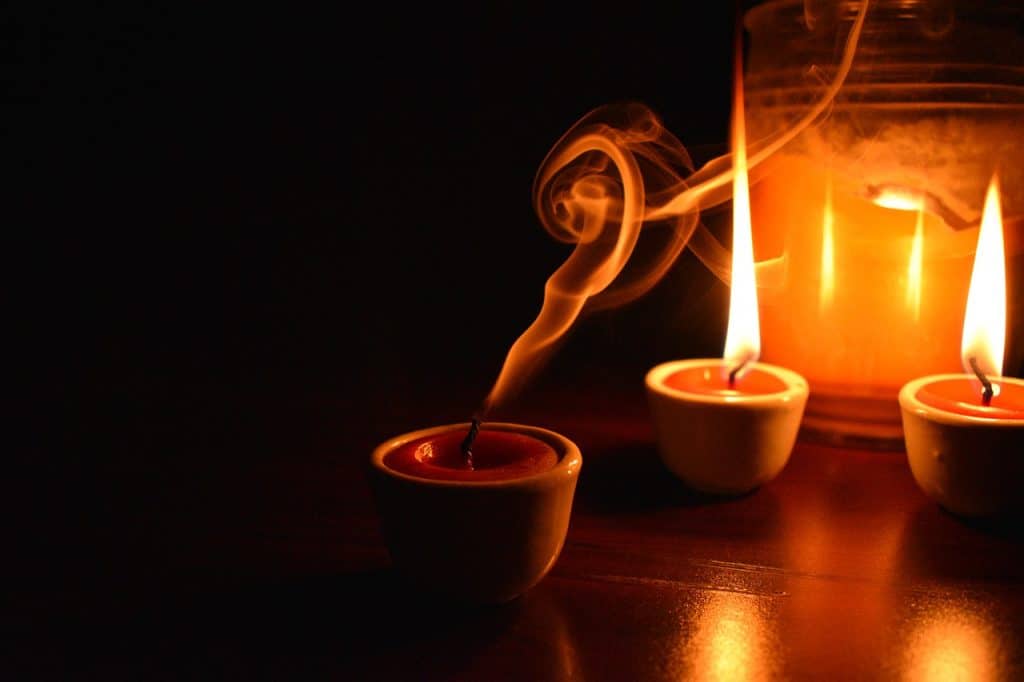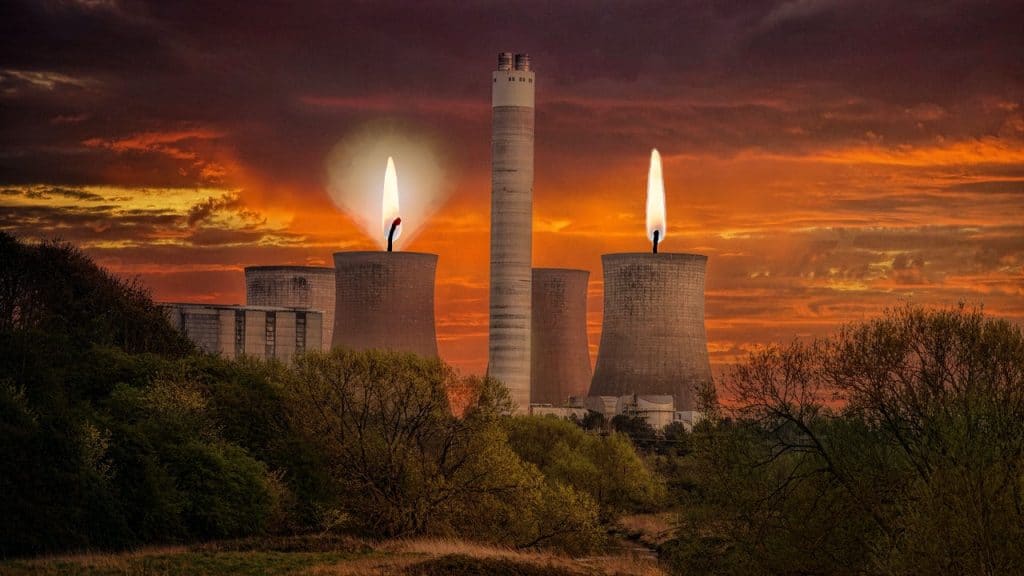The world is changing. Every day there are increasing concerns about things like global warming and climate change, and so scientists are constantly looking for ways to reduce the damage that is done to our planet as a result of waste and pollution. At the same time, candles are becoming more popular, because of their use in the field of aromatherapy. Due to this trend, more candles are being burned and this has inspired people to want to know more about candles; and how burning these portable household items can affect our lives.
WHAT ARE CANDLES?
Candles are objects that have existed in our world for a long period of time. Like several objects that have also lasted and persisted, through the test of time; candles are so old that they have witnessed the rise and fall of several empires, beginning with the Ancient Greeks and Romans, who are thought to have first invented it in the first place.
Some of the earliest versions of candles can be traced back to about five thousand years ago, and these kinds of candles were made from tallow wax or rendered fat. Tallow is the oldest type of candle wax in the world, and it is made by boiling down the fat which had been obtained from the carcasses of slaughtered cows and other forms of livestock (in fact, in certain cultures across the world, tallow candles were made from fat obtained from aquatic mammals such as sharks and whales. The Ancient Chinese, in particular, are an example of such cultures). Other places around the world made their first forays into the world of candle making through other means; some began by wrapping insects in some kind of paper (allowing the oils produced by those special insects to serve as the fuel that sustained the makeshift candle’s flames). On the other hand, some areas were more renowned for experimenting with flowers, leaves, tree bark and other parts of aromatic and fragrant trees; and this marked the first forays of the world into the invention of scented candles.
At some point, tallow candles were the most common and popular types of candles in the world. Presently, however, paraffin wax holds that place. This is because paraffin wax is cheaper and easier to manufacture in large quantities (using molds in factories), compared to tallow candles. But paraffin wax has its drawbacks.

TYPES OF CANDLE WAXES AND THEIR DRAWBACKS
Various types of materials have been used to make candles over the years. They include the following:
- Tallow wax
As stated earlier, tallow wax is the oldest type of candle wax in the world, and this places it in a position of honor among all the other types of candle waxes out there. The good points of tallow wax are that it is different and relatively expensive. It is also considered perfectly edible (but only under the right conditions). Being made from rendered animal fat affords tallow wax its edibility; however this is only true when no other dangerous artificial materials have been added to the wax, while it is being made.
The draw backs of tallow wax include the facts that it is relatively expensive because its raw materials are comparatively costly (rendered animal fat is not exactly the cheapest of candle making materials, particularly if you are making candles in large quantities). Tallow wax is also notoriously known for not burning cleanly (i.e. it gives off a notable amount of green house gases such as carbon dioxide and carbon monoxide. It also produces a lot of soot, which can be dangerous to the human health). Its wax structure is also not the greatest, as far as candle waxes go.
- Beeswax
Beeswax is thought to be the best kind of candle wax in the world. As its name suggests, it is made out of beeswax and this is a raw material that makes it very expensive. Beeswax is known to burn cleanly, with the production of very little toxic or green house gases. Its wax structure is also very good (excellent, in fact), and it produces little to no soot.
The only downside of beeswax is that it is expensive in the market and costly to make.

- Soy wax
Soy wax is a type of candle wax that has a very good wax structure. It also produces very little greenhouse gases and soot when burned (particularly when it is coupled with natural cotton wicks). Soy wax was first invented so that it could be a suitable alternative to beeswax, which – while perfectly excellent – happens to be very costly for candle makers to make in large quantities. Soy wax is known to be a natural alternative to a lot of other types of candle waxes, which do not burn cleanly. Soy wax is one of the safest, yet easily accessible types of candle wax. However, one of its draw backs is soy wax crystallization.
SOY WAX CRYSTALLIZATION
Soy wax is a completely natural type of candle wax, which is made from the complete hydrogenation of soybean oil. It is a much greener wax than that paraffin wax, in the sense that it does not produce any notable amounts of toxic greenhouse gases (and also because it is vegetable based, unlike paraffin wax which is petroleum based).
Due to the nature of soy wax, it tends to react uniquely to temperature changes. When exposed to sudden changes in temperature, soy wax tends to try to separate – more precisely, the oil in it tries to separate out of it. But then, it solidifies again when the temperature drops and cooling takes place. The effect of this type of crystallization is known as frosting, because it often results in the formation of white, cloudy wax on the candle stick (basically, the color of the wax turns white and cloudy at this point).
While the formation of this whitish part on the wax can be a point of concern to many, it is important to know that crystallization does not, in fact, affect the integrity of the candle. The soy wax candle will still burn properly after frosting.




